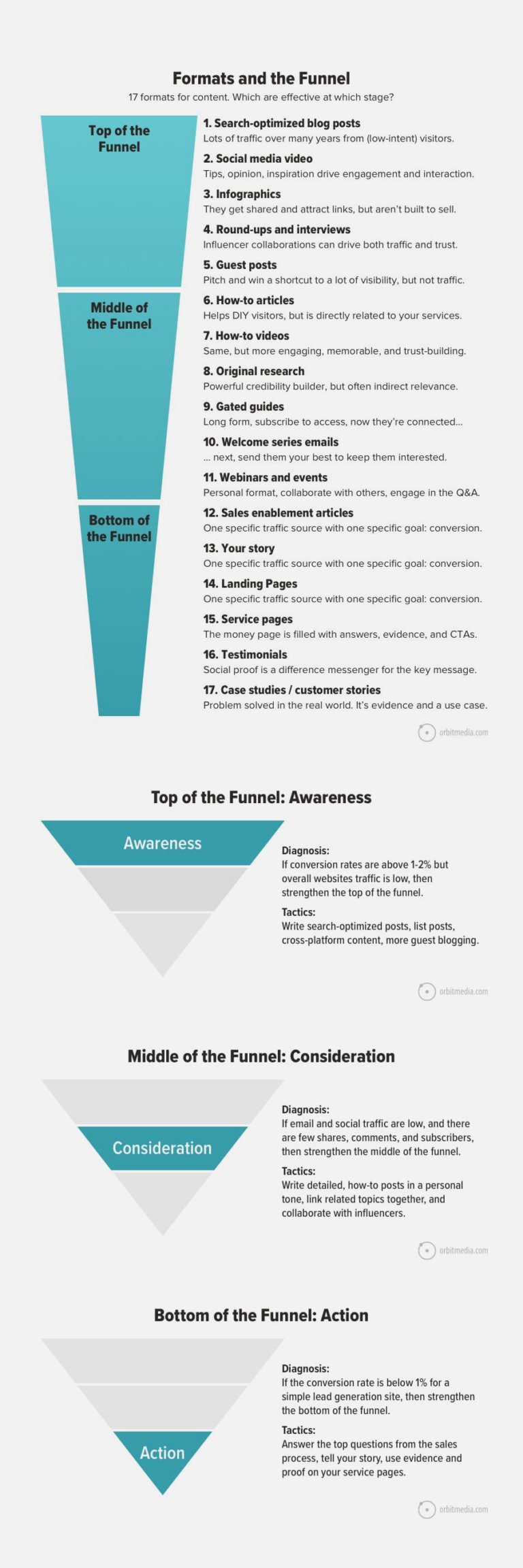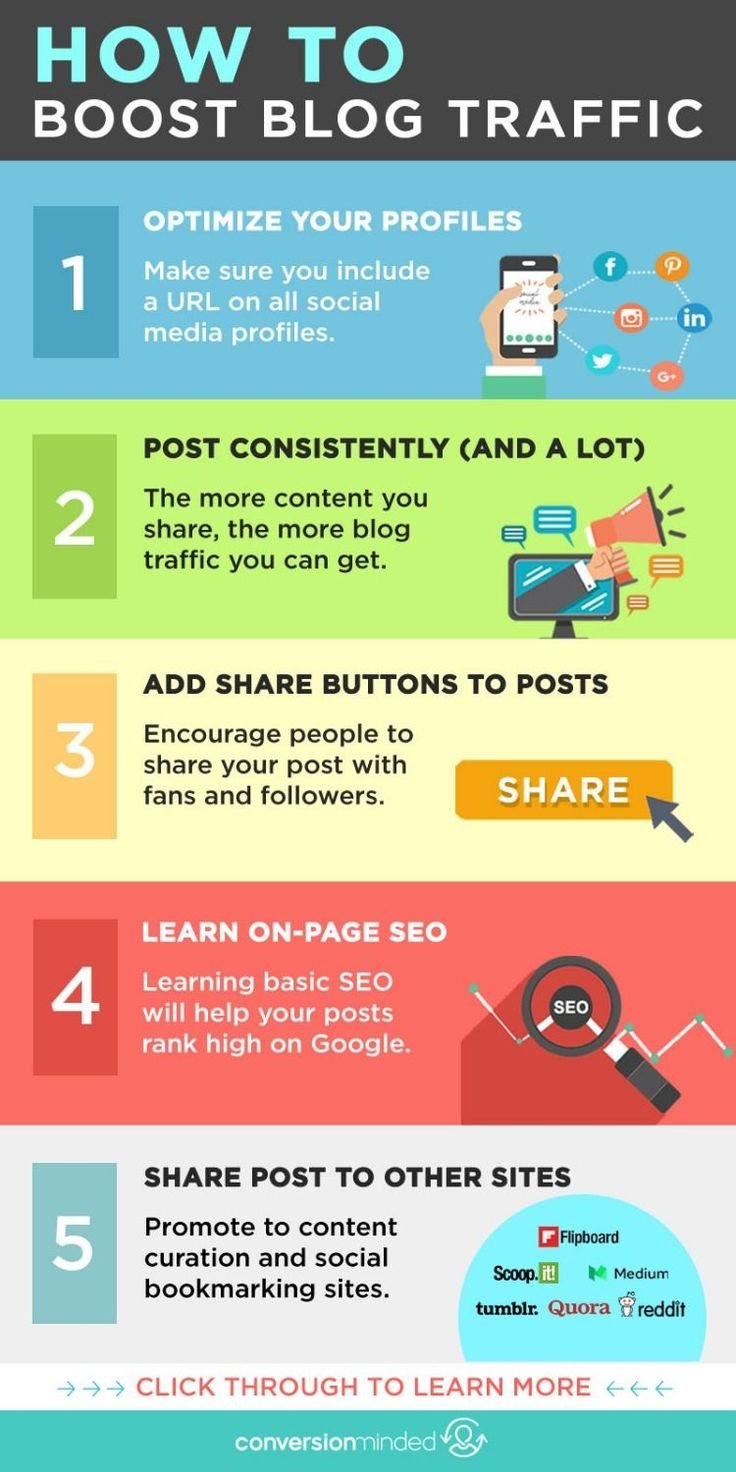Introduction: When it comes to lead generation, content is king. Creating engaging and informative content is essential to attracting new prospects and nurturing them through the buying process. However, with so many content formats available, it can be challenging to...
Exploring 17 Different Content Formats and Identifying Their Role in Boosting Your Lead Generation Funnel
Exploring 17 Different Content Formats and Identifying Their Role in Boosting Your Lead Generation Funnel
When it comes to lead generation, content is king. Creating engaging and informative content is essential to attracting new prospects and nurturing them through the buying process. However, with so many content formats available, it can be challenging to decide which ones to use and where to place them in your lead generation funnel.
In this blog post, we will explore 17 different content formats and identify their roles in boosting your lead generation funnel. Let’s dive in!
- Blog Posts: Blog posts are an excellent way to attract new prospects to your website. By creating informative and engaging blog posts that address your audience’s pain points, you can position yourself as a thought leader and increase your credibility.
- Ebooks: Ebooks are more in-depth than blog posts and offer a more comprehensive look at a particular topic. By offering an ebook as a lead magnet, you can capture contact information from interested prospects and move them further down your sales funnel.
- Whitepapers: Whitepapers are similar to ebooks, but they typically focus on a specific issue or problem and provide data-driven insights and solutions. They are often used by B2B companies to demonstrate their expertise and knowledge in a particular industry.
- Case Studies: Case studies showcase how your product or service has helped a real customer overcome a specific problem. By sharing success stories, you can provide social proof and increase your prospects’ trust in your brand.
- Infographics: Infographics are a visual way to present complex information in an easy-to-understand format. By creating compelling infographics that address your audience’s pain points, you can increase engagement and shares on social media.
- Videos: Videos are an excellent way to showcase your product or service and provide a more immersive experience for your prospects. By creating high-quality videos that address your audience’s pain points, you can increase engagement and conversions.
- Podcasts: Podcasts are an increasingly popular way to connect with your audience and provide valuable insights and information. By hosting a podcast that addresses your audience’s pain points, you can increase brand awareness and credibility.
- Webinars: Webinars allow you to connect with your audience in real-time and provide valuable insights and information. By hosting a webinar that addresses your audience’s pain points, you can increase engagement and move prospects further down your sales funnel.
- Quizzes: Quizzes are a fun and interactive way to engage your audience and capture their contact information. By creating quizzes that address your audience’s pain points, you can increase engagement and generate leads.
- Assessments: Assessments are similar to quizzes but are often used to evaluate a prospect’s knowledge or skills in a particular area. By offering assessments, you can provide personalized insights and recommendations and move prospects further down your sales funnel.
- Surveys: Surveys are an excellent way to gather feedback and insights from your audience. By creating surveys that address your audience’s pain points, you can gather valuable data and improve your products or services.
- Templates: Templates provide a valuable resource for your audience and can help them streamline their workflows and processes. By offering templates as lead magnets, you can capture contact information from interested prospects and move them further down your sales funnel.
- Checklists: Checklists are a simple but effective way to help your audience stay organized and on track. By offering checklists as lead magnets, you can capture contact information from interested prospects and move them further down your sales funnel.
- Guides: Guides provide step-by-step instructions on how to accomplish a particular task or goal. By offering guides as lead magnets, you can capture contact information from interested prospects and position yourself as a thought leader in your industry.
- Newsletters: Newsletters provide a regular touchpoint with your audience and keep them informed about your latest products or services.

Recent Blog
Exploring 17 Different Content Formats and Identifying Their Role in Boosting Your Lead Generation Funnel
A List of 11 Recommendations and Warnings for Incorporating AI-Generated Content on Your Blog.
Introduction: Artificial intelligence (AI) has become a powerful tool for content creation. With AI-generated content, bloggers and website owners can save time and resources while providing valuable content to their readers. However, there are certain risks and...
A Beginner’s Quick Guide to Increasing Blog Traffic through Easy Methods
Blogging has become a popular way for individuals and businesses to share their ideas, experiences, and products with the world. However, having a blog is not enough if no one is reading it. To make your blog successful, it is crucial to increase your blog traffic. In...
An Underused Tactic Unveiled: A Quick Guide to Understanding Content Curation
In today's digital age, content is king. The amount of information available to us is staggering, and it can be challenging to sift through it all to find what we need. This is where content curation comes in. Content curation is an underused tactic that can help you...
5 Infographic Design Templates to Try: A Cheat Sheet for Infographic Layouts
Infographics are a popular way to convey complex information in a visually appealing way. They can help you communicate your message quickly and effectively, making it easy for your audience to understand and retain the information you are trying to convey. However,...
Six strategies for optimizing the advantages of your curated content approach in the year 2023.
As the digital landscape continues to evolve and become increasingly saturated, businesses are constantly seeking new ways to attract and retain their target audience. One approach that has gained traction in recent years is curated content, which involves gathering...
Using Content Marketing to Establish Trust in Your Target Market
Content marketing has become a popular marketing strategy in recent years. It involves creating and sharing valuable and relevant content to attract and retain a target audience. However, content marketing goes beyond just creating content to drive traffic and...
Tips for Recognizing Your Customers’ Challenges and Crafting Content to Assist Them
In today's highly competitive business world, it's crucial to understand your customers' challenges and provide them with content that can help them overcome those challenges. But how do you identify your customers' struggles, and how do you create content that speaks...
16 Statistics Marketers Must Know About the Advantages of Interactive Content
As digital marketing evolves, interactive content is becoming an increasingly popular tool for engaging with audiences. Interactive content refers to any digital experience that requires user participation, such as quizzes, polls, surveys, games, and interactive...
Seeking a way to earn extra income? Consider these 9 types of blogs that have the potential to generate revenue
In today's world, people are always looking for ways to earn extra income. Whether it's to supplement their current income or to achieve financial independence, the desire for more money is universal. One way to achieve this is through blogging. Blogging has become an...





